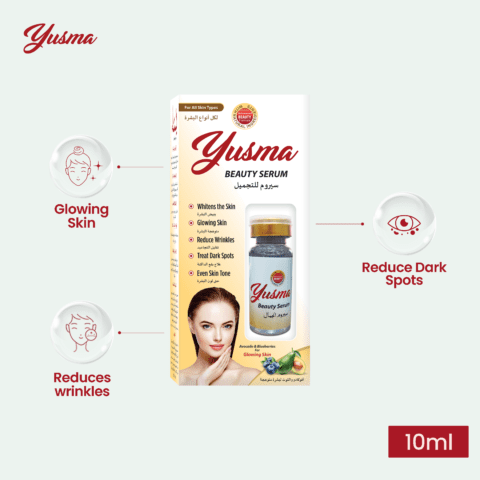Melasma is a common skin condition characterized by dark patches or discoloration on the face. It predominantly affects women, especially those with darker skin tones. In this article, we will explore the causes of melasma, discuss preventive measures, and provide management strategies to help individuals dealing with this condition.
I. Introduction
Melasma is a dermatological condition that causes patches of hyperpigmentation on the skin, particularly on the face. It is often referred to as “the mask of pregnancy” as it commonly occurs during pregnancy due to hormonal changes. However, it can also affect individuals who are not pregnant.
II. What is Melasma?
A. Definition
Melasma is a skin disorder that manifests as brown or gray-brown patches on the face. These patches typically appear on the forehead, cheeks, upper lip, and chin. They can vary in size and shape and are usually symmetrical.
B. Symptoms
The main symptom of melasma is the appearance of dark patches on the face. These patches are typically painless and do not cause any physical discomfort. However, they can be a source of cosmetic concern and impact an individual’s self-esteem.
III. Causes of Melasma
Melasma can be caused by various factors, including hormonal changes, sun exposure, and genetic predisposition.
A. Hormonal Factors
Hormonal changes, such as those occurring during pregnancy or while taking hormonal medications like birth control pills, can trigger melasma. The increased production of estrogen and progesterone during pregnancy stimulates the production of melanin, leading to the development of dark patches on the skin.
B. Sun Exposure
Excessive sun exposure can worsen melasma and trigger its onset. Ultraviolet (UV) rays stimulate the production of melanin, causing the dark patches to become more prominent. It is essential to protect the skin from the sun’s harmful rays to prevent melasma from worsening.
C. Genetic Predisposition
Some individuals may have a genetic predisposition to melasma. If a close family member has melasma, the chances of developing the condition may be higher. Genetic factors play a role in determining an individual’s susceptibility to melasma.
IV. Prevention of Melasma
While melasma cannot always be prevented, certain measures can help reduce its occurrence or prevent its worsening.
A. Sun Protection
One of the most crucial steps in preventing melasma is protecting the skin from the sun. This includes wearing broad-spectrum sunscreen with a high SPF, using hats or umbrellas for shade, and avoiding sun exposure during peak hours.
B. Hormonal Balance
For individuals who experience melasma due to hormonal changes, maintaining hormonal balance can be beneficial. Consultation with a healthcare professional can help determine suitable hormonal management options.
C. Skincare Routine
Establishing a skincare routine that includes gentle cleansing, exfoliation, and the use of skincare products with ingredients like vitamin C, kojic acid, or niacinamide can help reduce the appearance of melasma.
V. Management of Melasma
While melasma may be challenging to treat completely, various management strategies can help improve its appearance and reduce its impact on an individual’s daily life.
A. Topical Treatments
Topical treatments containing ingredients like hydroquinone, retinoids, or azelaic acid can be prescribed by a dermatologist to lighten the dark patches and even out the skin tone. It is important to follow the dermatologist’s instructions and use these treatments consistently.
B. Professional Treatments
In some cases, professional treatments may be recommended to manage melasma. These can include chemical peels, microdermabrasion, or laser therapy. These treatments should be performed by qualified professionals to ensure safety and efficacy.
C. Lifestyle Changes
Adopting certain lifestyle changes can also contribute to the management of melasma. This includes minimizing sun exposure, avoiding triggers like harsh skincare products or heat, and maintaining a healthy lifestyle overall.
VI. Conclusion
Melasma is a common skin condition that can cause significant distress, particularly among women. While it may not be possible to completely cure melasma, understanding its causes and taking preventive measures can help minimize its impact. Additionally, with proper management strategies and the guidance of healthcare professionals, individuals can improve the appearance of melasma and regain their confidence.







Leave a comment
Your email address will not be published. Required fields are marked *